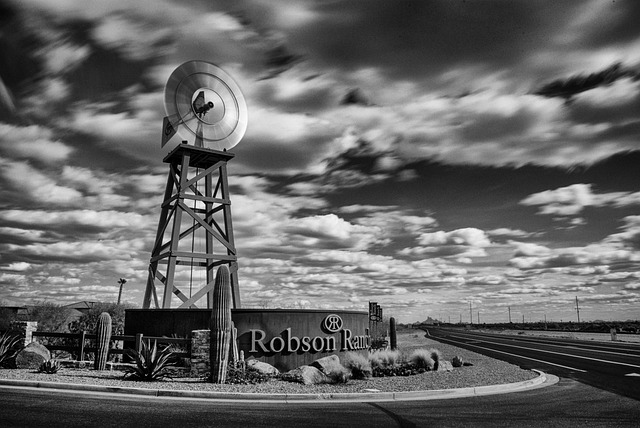Properties located near highways and rail networks hold significant value due to their exceptional accessibility, offering quicker commutes and attracting residents & investors who prioritize convenience. These areas experience economic growth through business connectivity and tourism, creating vibrant real estate markets. Investors strategically position projects close to transportation centers, catering to modern urban needs, which enhances property values and marketability. Investing in centrally located properties near hubs can capitalize on higher growth potential and ensure consistent demand through mixed-use developments.
In today’s fast-paced world, central locations near highways and rail networks are a real estate investor’s hidden gem. Proximity to these vital transportation arteries offers numerous advantages, from increased property values to enhanced accessibility. This article explores the multifaceted benefits of living or investing in such strategic areas. We delve into market trends highlighting regions with high demand for centrally located properties and provide practical strategies for savvy investors looking to capitalize on this advantage.
The Benefits of Highway and Rail Proximity in Real Estate

Having a central location near highways and rail networks can significantly boost the appeal and value of real estate properties. This accessibility offers numerous advantages for both residents and investors. Easy access to major transportation arteries facilitates quicker commutes, making it ideal for those seeking a balance between urban living and convenient travel. This convenience is particularly attractive to potential buyers and renters who prioritize ease of movement.
Moreover, properties in such locations often benefit from increased connectivity. They can attract businesses, fostering economic growth and enhancing the local job market. The proximity to highways and rail also encourages tourism, bringing more visitors and potentially boosting local services and amenities. This interconnectedness can drive up property values and create a thriving real estate market, making central locations near transportation hubs highly desirable in today’s connected world.
Market Trends: In-Demand Areas Near Transportation Hubs

In today’s dynamic real estate market, proximity to transportation hubs is a highly sought-after feature among buyers and renters alike. Areas central to highways and rail networks have experienced significant growth in demand, reflecting an evolving trend towards accessibility and connectivity. This phenomenon can be attributed to several factors: first and foremost, ease of commuting. Locations near these hubs offer efficient connections to major cities, attracting professionals and families seeking convenient travel options. The convenience extends beyond daily commutes; it also enables swift access to a wider array of goods and services, fostering a thriving local economy.
Real estate investors and developers have taken note of this trend, strategically positioning their projects close to transportation centers. Such developments cater to the diverse needs of modern urban dwellers, offering not just residential spaces but also commercial opportunities within reach of bustling transport networks. This proximity enhances property values and marketability, making central locations near highways and rail a desirable asset in the real estate landscape.
Strategies for Investing in Centrally Located Properties

Investing in centrally located properties is a strategic move within the real estate market, leveraging proximity to major highways and rail networks for significant advantages. One key strategy involves identifying undervalued areas near transportation hubs. These locations often offer higher growth potential due to increased accessibility, attracting businesses and residents alike. Conducting thorough market research to pinpoint these hidden gems can lead to lucrative opportunities.
Additionally, focusing on mixed-use developments is a smart approach. Combining residential spaces with retail or commercial units caters to various demographics, ensuring consistent demand. Easy access to highways and rail means tenants are more likely to be commuters, providing stable rental income. This integrated design also enhances the property’s appeal, attracting a diverse range of buyers or renters, which can drive up long-term value in real estate investments.






